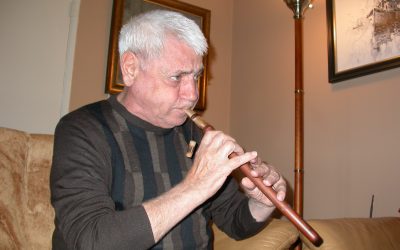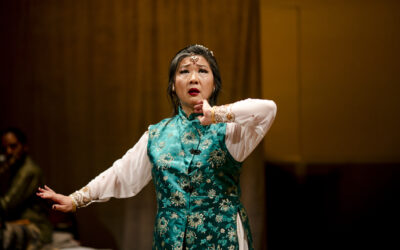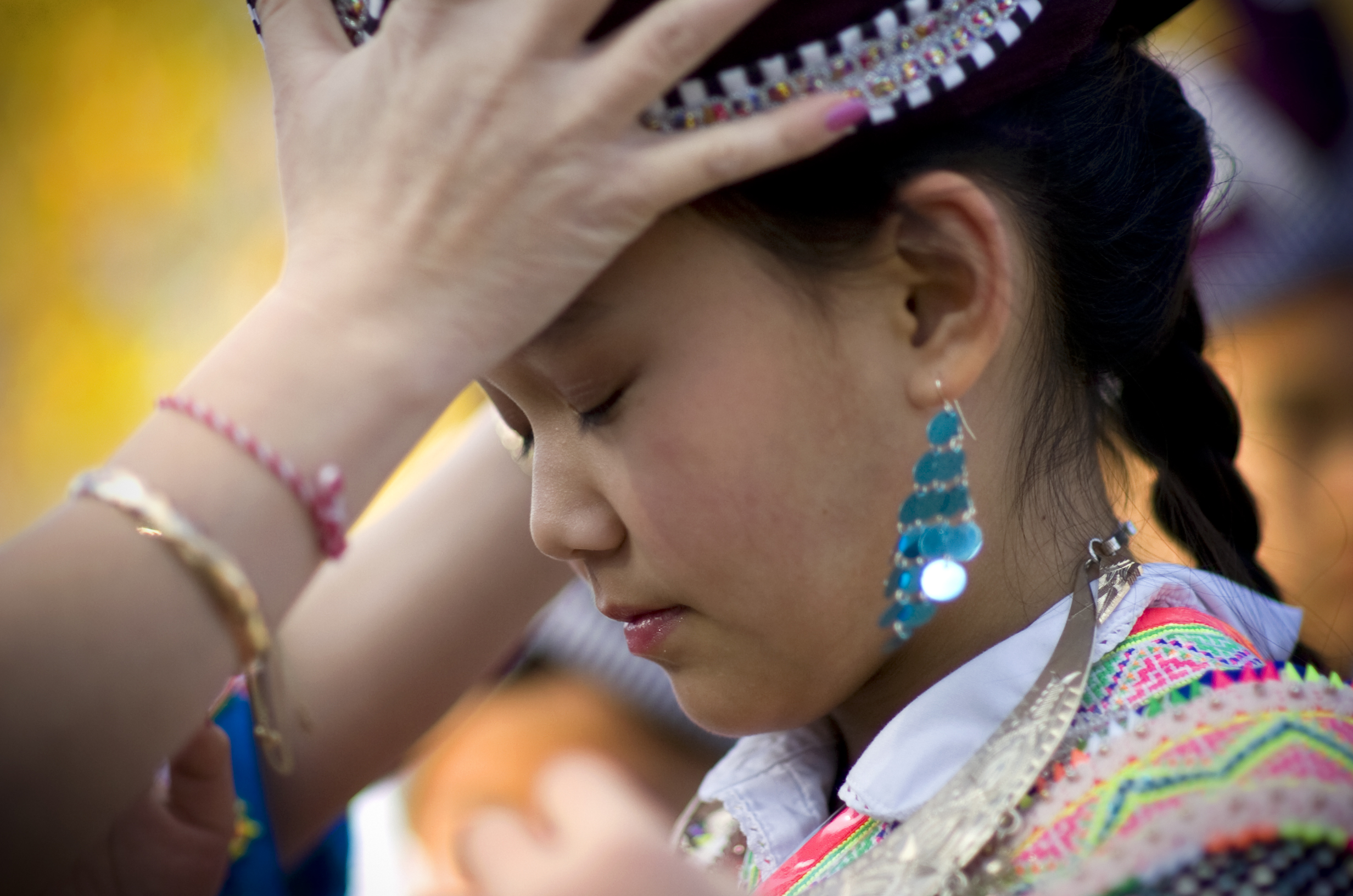Profile
Glenn Moore, Sr.
Master artist Glenn Moore, Sr. taught his grandson, Glenn Moore, Jr. to make a Yurok hand-carved redwood dugout canoe as part of ACTA’s Apprenticeship Program in 2006. Used in Yurok and Hoopa ceremonies, master and apprentice carved the canoe from an old-growth redwood tree. Glenn Moore Sr. learned to carve canoes…
Profile
Luwana Quitiquit
ACTA is deeply saddened to learn of Luwana Quitiquit’s passing in December of 2011. *** “It’s really important to be able to focus on your basket. If you aren’t in that positive space and you are working on a basket every little mistake that you make is pretty much an…
Profile
Mohammad Nejad
Mohammad Nejad, a Persian-born master multi-instrumentalist, was born to a musical family in Tehran, Iran. As a young child, Persian classical music was passed down to him from his father. In Tehran he attended a special high school for musicians, later graduating from Fine Arts Academy in 1976, and in…
Profile
Houman Pourmehdi
Houman Pourmehdi is a master percussionist, well known for his diverse abilities as a musician, composer, and multi-instrumentalist, performing and recording in numerous ensembles and at a variety of venues. He was introduced to Persian music by his father, and received his first Tonbak at the age of three from…
Profile
Katsuko Teruya Arakawa
Gardena-based master kutuu player Katsuko Teruya Arakawa served as a master artist in ACTA’s Apprenticeship Program in 2008 with apprentice Pamela Joy Afuso of Los Angeles. The Okinawan kutuu, more commonly known elsewhere in Japan as the koto, is a thirteen-stringed Paulownia wood zither played by…
Profile
Djivan Gasparyan
Djivan Gasparyan (1928-2021) was an Armenian musician and composer based in Sherman Oaks, CA. He played the duduk, a double reed woodwind instrument related to the orchestral oboe. Born in Solak, Armenia to parents from Mush, Gasparyan started to play duduk when he was six. In 1948 he became a…
Profile
Julie Dick-Tex
The beaded collar is adornment worn by Western Mono women. The collar is made from contemporary glass beads. It consists of a wide choker neckband, with a net-like or lacy draped cape. The drape of the collar extends fully over and around the shoulders covering the upper torso front and…
Profile
Tacuma King
The West African Dunun and Djembe drumming tradition is an old performance art form of the Susu and Mandinka peoples of the region. Versions of these forms can be found throughout West African nations such as Mali, Guinea, Senegal, Gambia, and the Ivory Coast. Dunun, Sangbani, and the Kinkini are…
Profile
Seibi Lee
Kathak
Profile
Jeorgina Martínez
Food is always central to any gathering of significance, and the preparation of regional celebratory food for special occasions such as a wedding, a patron saint day, or other religious holidays, is assigned to those invested in keeping vibrant the regional flavors. In Juxtlahuaca district located within the Mixteca region…



